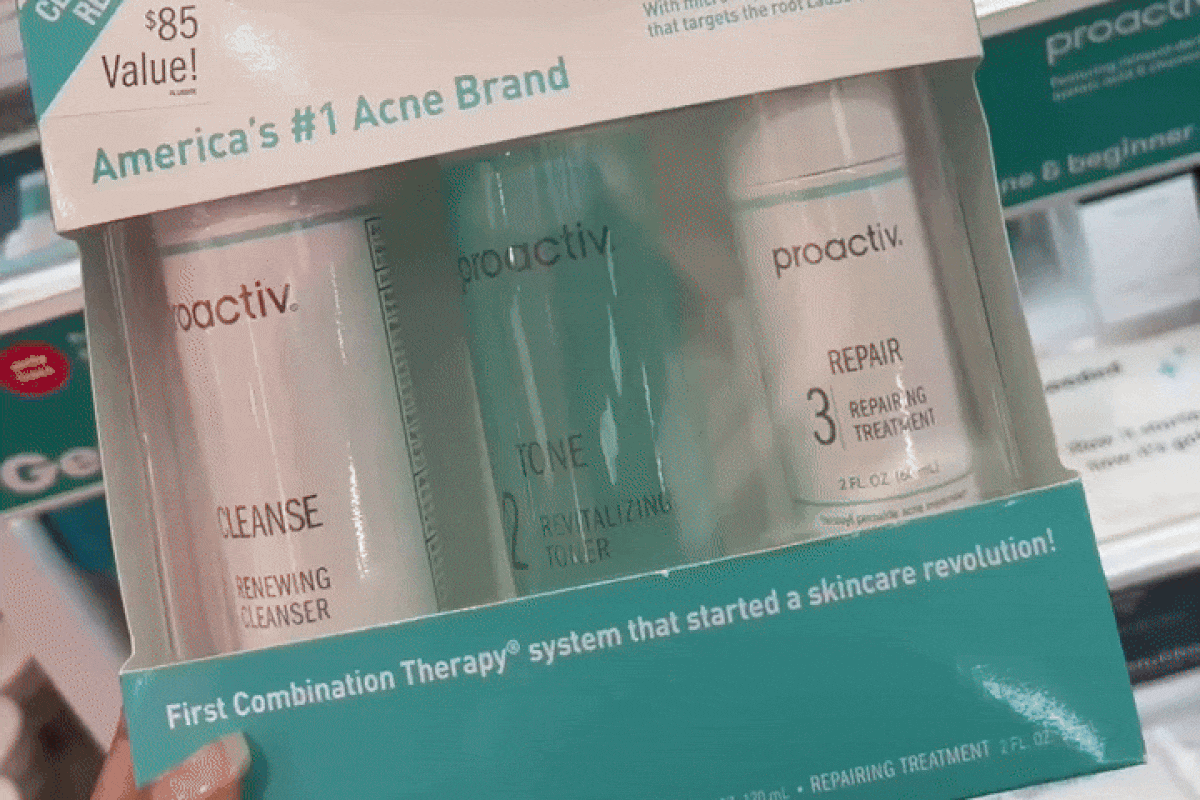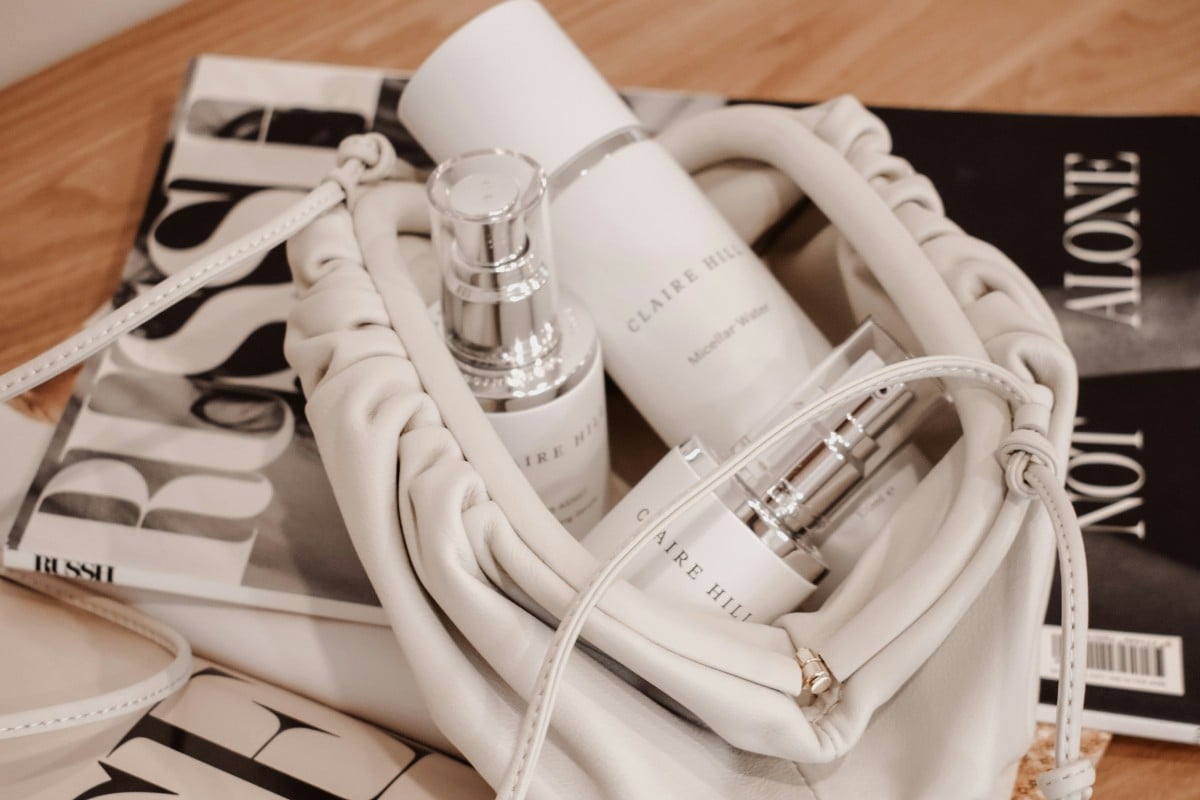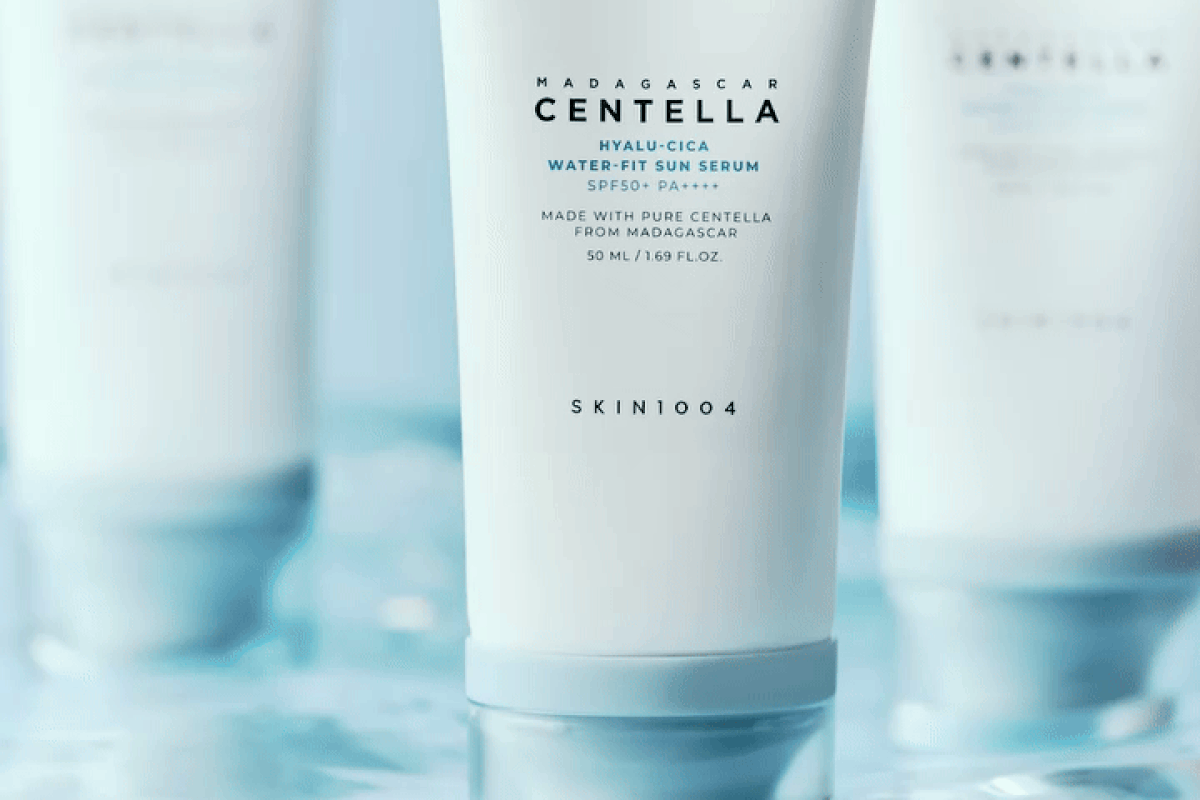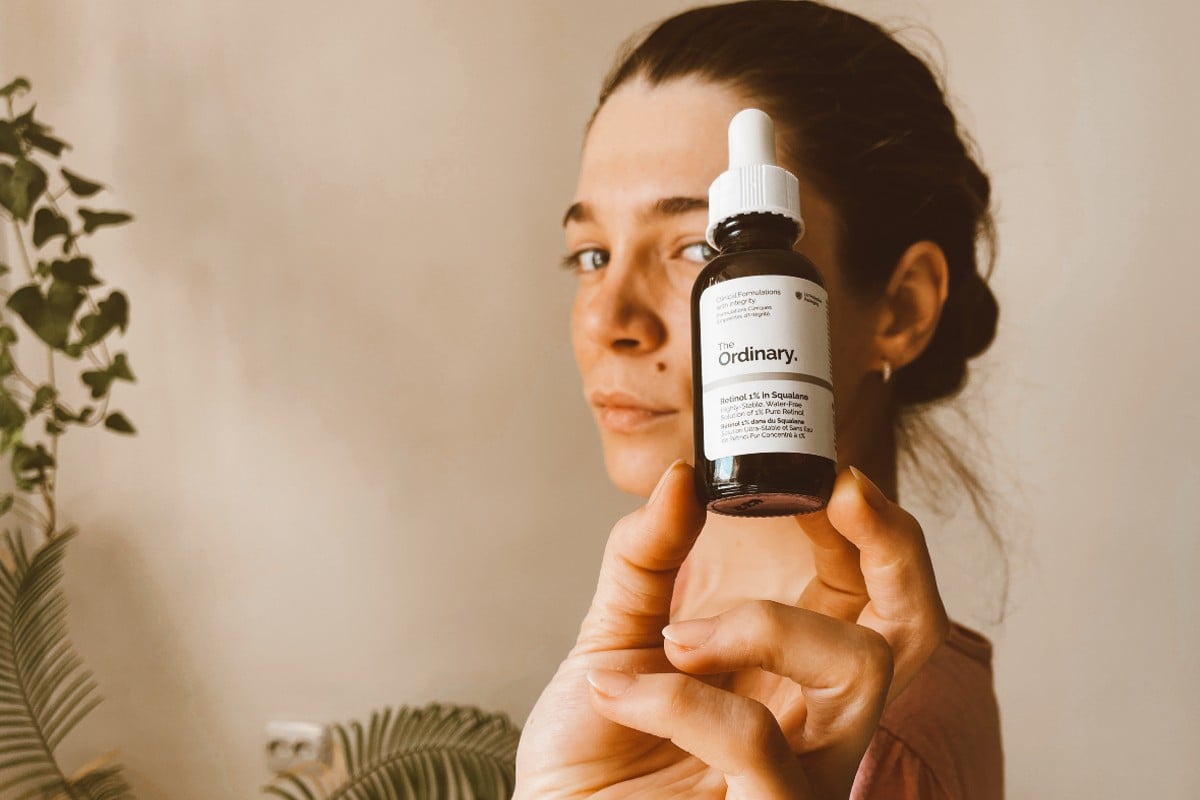Salicylic acid is that ingredient I’ve known ever since I was a teenager fighting breakouts and blackheads. Everybody in the know raves about this potent acne-fighter, and while I didn’t know a lot about skincare routines, one thing was for sure: I should use salicylic acid.
Honestly, I didn’t get much about it back then, but today’s up-to-date me knows that salicylic acid might not be the best acne killer for everyone. This is where salicylic acid alternatives come to help. Considering this powerhouse acne-fighter didn’t work for you, it’s time you rethink your strategy. No struggle, all the best salicylic acid alternatives are right here!
What is salicylic acid?
Salicylic acid is the strongest beta-hydroxy acid (BHA), and its oil-soluble structure makes it able to penetrate the skin, where it dissolves oil and dead cells that clog the pores. But salicylic acid might not work for everyone struggling with acne.
What is the best salicylic acid alternative for me?
You may seek salicylic acid alternatives either because this ingredient irritated your skin or didn’t have any effect at all. In the first case, you need to think about salicylic acid alternatives that are gentle to the skin and maybe have moisturizing properties too, so your skin doesn’t dry out.
If salicylic acid didn’t improve your acne, it means your breakouts are caused by bacteria and not because of pores clogging, so you need alternatives with stronger antibacterial power. Yet, many people don’t find salicylic acid as effective as its loyalists claim. If you can’t tolerate salicylic acid or it simply doesn’t work for you, stay tuned as we’re going to reveal the best salicylic acid alternatives that mimic its acne-clearing proprieties.
Willow bark extract
But first, we debate whether or not willow bark extract is a good alternative to salicylic acid. This is probably the most spread myth about salicylic acid and its alternatives, so we believe it’s best to start with.
Although most people know willow bark as the alternative to salicylic acid, the likelihood that it mimics the effects of salicylic acid is very unfavorable. The theory behind the willow bark association with salicylic acid is that willow bark is a natural source of salicin, a chemical from which salicylic acid is derived. However, the salicin in willow bark doesn’t convert to salicylic acid once it’s absorbed into the skin since the skin lacks the enzyme required for this conversion. Thus, willow bark extract does not have the exfoliating and pore-clearing properties of salicylic acid. Instead, it has anti-inflammatory, antioxidant, and astringent properties that can only be effective for relieving inflammatory acne.
Benzoyl peroxide
Benzoyl peroxide (BPO) is bactericidal, aka it kills bacteria instead of slowing down its growth as salicylic acid does. BPO works as an exfoliating agent by removing dead cells from the pores and increasing cell turnover, great for whiteheads, blackheads, and red pimples. In over-the-counter products, benzoyl peroxide is found in strengths from 2.5 to 10%.
Before you add this acne-fighter to your routine, you should know that it’s a powerful ingredient that comes with possible side effects. These include skin dryness, redness, or burning. To avoid such situations, start with lower concentrations and make sure you use soothing ingredients, like hyaluronic acid, CoQ10, vitamin E, and green tea.
Tea tree oil
Tea tree oil is antibacterial and anti-inflammatory, just perfect for acne. Compared to salicylic acid, tea tree is more able to kill acne-causing bacteria and has antioxidant properties too! In fact, you can combine tea tree oil with salicylic acid to calm down inflammation and deliver antibacterial and antioxidant benefits while exfoliating dead cells buildup. That helps pull double dutty to soothe and decrease pimples.
Lipohydroxy Acid
Lipohydroxy acid is a derivative of salicylic acid sharing the same skin renewing, exfoliating, and acne-fighting properties. In fact, lipohydroxy acid is known as the gentle alternative to salicylic acid since it has a larger molecule size meaning it doesn’t penetrate the skin as much. Hence, fewer chances to irritate the skin.
Lipohydroxy acid provides gentle exfoliation and possesses antimicrobial, anti-inflammatory, and anti-comedogenic properties that benefit both oily and acne-prone skin types. If your skin can’t tolerate salicylic acid, lipohydroxy acid is the perfect alternative to start with.
Retinol
Retinol is a vitamin A derivative, mostly known as the anti-aging gold standard ingredient. But retinol does much more than reduce aging signs and improve skin texture. The exfoliating power of retinol helps pores unclog, reducing breakouts apparition. More than that, the small molecular weight of retinol allows it to penetrate beneath the skin’s upper layer, removing dirt, dead cells, and excess oil from pores. In turn, this leads to fewer chances of breakouts.
Niacinamide
A water-soluble form of vitamin B3, niacinamide contains immense humectant properties. Giving your skin hydration can stop the sebaceous glands from going into overdrive and make them produce less sebum, reducing pimples. Besides, niacinamide also has antimicrobial and anti-inflammatory effects, great for diminishing acne. If salicylic acid alone tends to dry your skin, you can learn how to use salicylic acid and niacinamide together to get the best of both worlds.
Glycolic acid
Glycolic acid is an alpha-hydroxy acid (AHA) with a small molecule that can pass through the skin barrier. The role of glycolic acid is to exfoliate the skin by sloughing away dead cells from the skin’s top layer, minimizing breakouts. Also, glycolic acid decreases inflammation and works against acne-causing bacteria. Unlike salicylic acid which can dry the skin, glycolic acid can retain moisture, making it less likely to irritate the skin.
Lactic acid
Another member of the AHAs family, lactic acid, is a gentle one as it’s water-soluble and works on the skin’s surface. Since it’s a keratolytic, lactic acid can break apart dead skin cells on the outer skin layer, unclogging pores and stopping breakouts from triggering. The best thing about this exfoliant is its humectant activity, making it a gentler alternative to salicylic acid that works to unclog pores and minimize breakouts.
Azelaic acid
Azelaic acid is a dicarboxylic acid that exfoliates the skin gently, unclogs pores, and gives antioxidant benefits. More than that, azelaic acid has antimicrobial, anti-inflammatory, and oil-reducing effects, making it a good bet for tackling acne and a potent alternative to salicylic acid. While it clears pores of bacteria, reduces inflammation, and encourages cell turnover, azelaic acid can be slightly irritant to some, so better start with products that contain it in smaller amounts.
Mandelic acid
Due to its high molecular weight, mandelic acid can’t penetrate the skin, working on its surface, making it a gentler salicylic acid alternative. The antibacterial properties of mandelic acid reduce inflammatory acne (cysts, papules, pustules), while salicylic acid is better for non-inflammatory acne, like whiteheads and blackheads. Plus, mandelic acid is less likely to cause irritations since it’s among the gentlest of the alpha-hydroxy acids.
Vitamin C
Vitamin C is a multitasker, and its role in managing acne is well known. As a powerful antioxidant, vitamin C fights free radicals — molecules known to contribute to acne. The anti-inflammatory properties of vitamin C make it effective at helping reduce inflamed pimples, redness, and swelling. On top of everything, vitamin C may speed up breakouts healing and fill ice pick scars thanks to its ability to boost collagen production.
Zinc oxide
Zinc it’s a mineral with anti-inflammatory properties that makes it well suited to treating inflammatory acne. Also, when applied topical, zinc decreases oil production in the skin and fights acne-causing bacteria, making it a good salicylic alternative for non-inflammatory acne too.
Sulfur
Like salicylic acid and benzoyl peroxide, sulfur is a drying agent that dries the skin, absorbing excess oil. Plus, sulfur has antibacterial properties that may aid in healing breakouts. Even if sulfur is not as an effective exfoliant as salicylic acid, it still does the job. Sulfur is that mild salicylic acid alternative you can use to fight breakouts.
Red marine algae
A natural antibacterial agent, red marine algae is one of the best ways for handling blackheads, whiteheads, and cysts if salicylic acid didn’t work. Also, red marine algae is a natural exfoliating agent that sheds away pore-clogging elements, like dust, oil, and dead cells. Its antioxidant effects make red marine algae helpful at handling inflammations and redness associated with acne as well. By far, red marine algae is one of the best natural alternatives to salicylic acid.


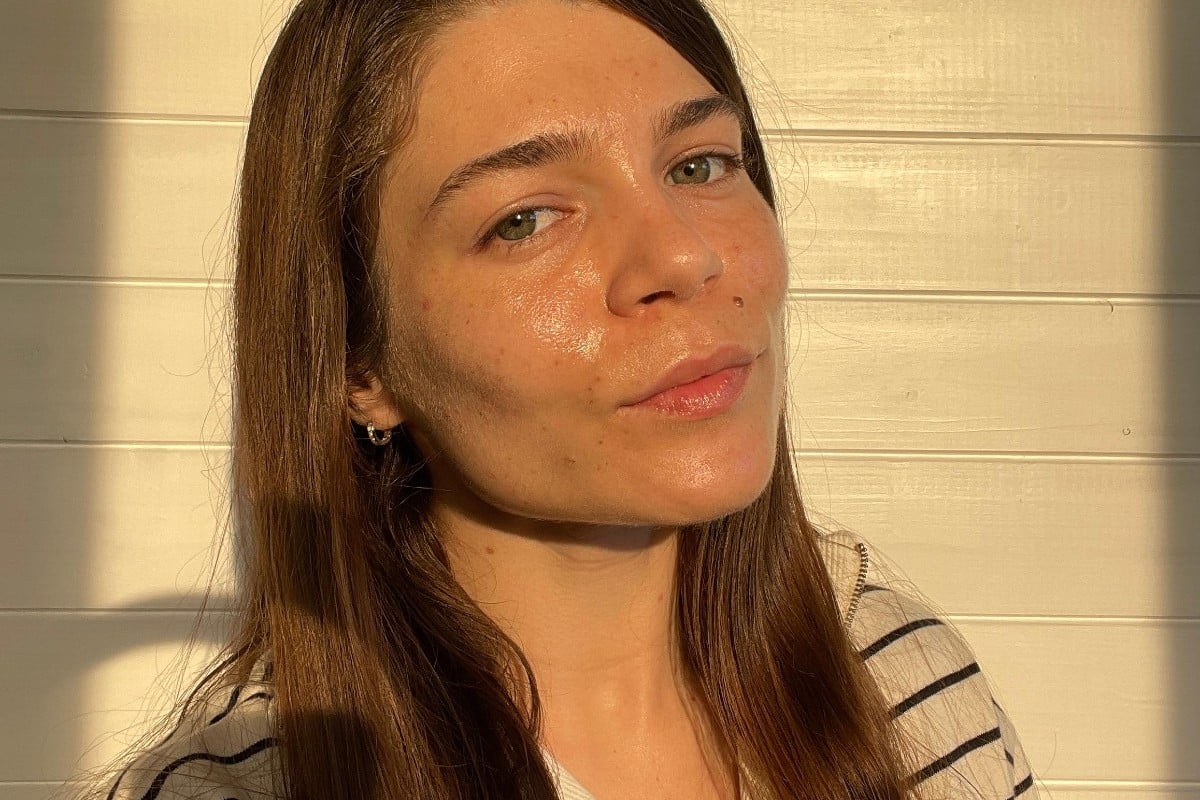

![Does resveratrol in red wine benefit your skin? While sipping on a glass of red wine can be a delightful experience, relying on it for skincare benefits is not the best idea. Sure, red wine contains a smidge of resveratrol, but let's put things into perspective. The concentration of resveratrol in red wine is relatively low. Red wines, specifically Pinot noir from France, typically contain 0.361-1.972 mg of resveratrol per liter.[8] To hit that reference dose of 500mg of resveratrol, you'd need to drink a lot of wine. We're talking about downing anywhere from 100 to 1000 glasses per day. It's a scene straight out of a wine lover's wildest dreams, but definitely not the healthiest approach. Resveratrol Benefits for Skin](https://womensconcepts.com/wp-content/uploads/2022/03/Resveratrol-Benefits-for-Skin.jpg)

